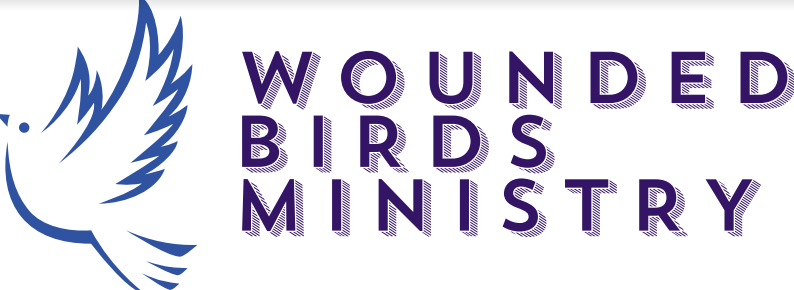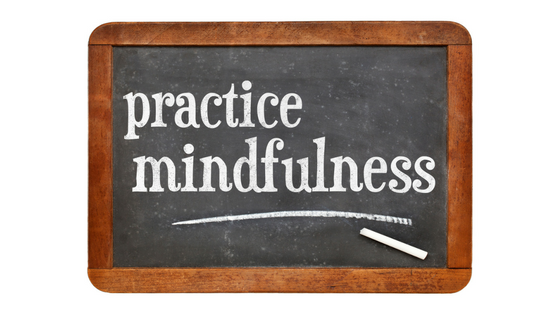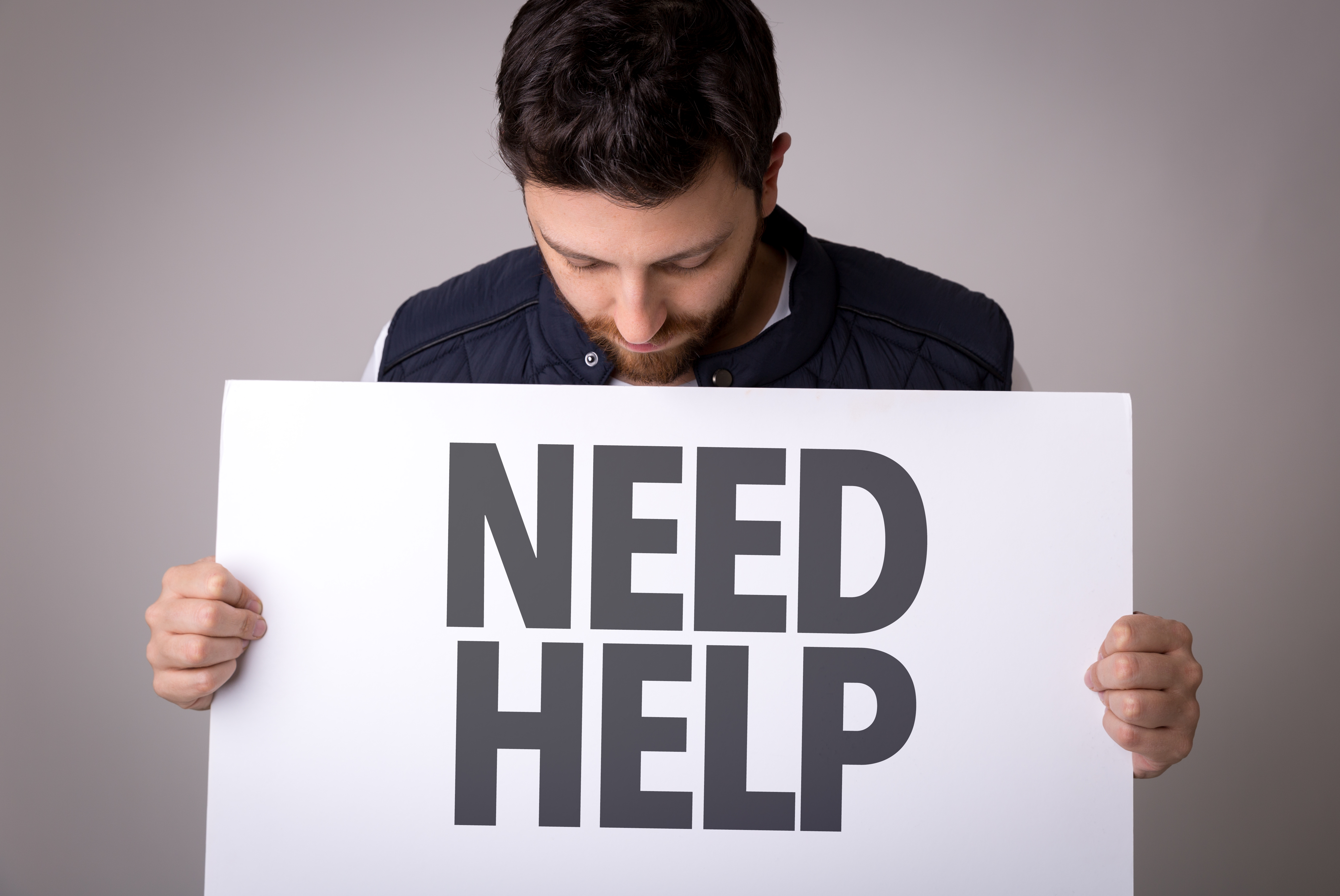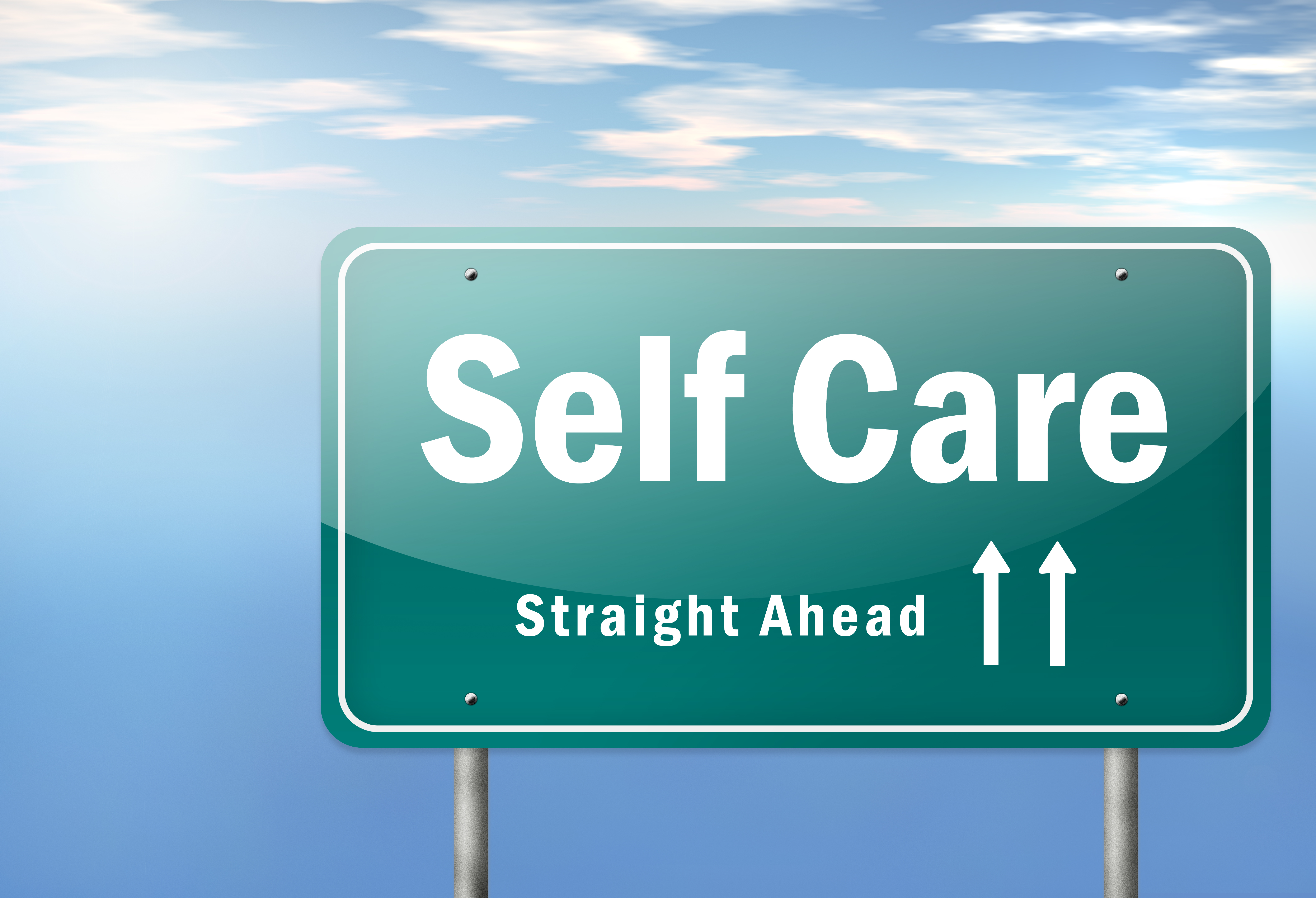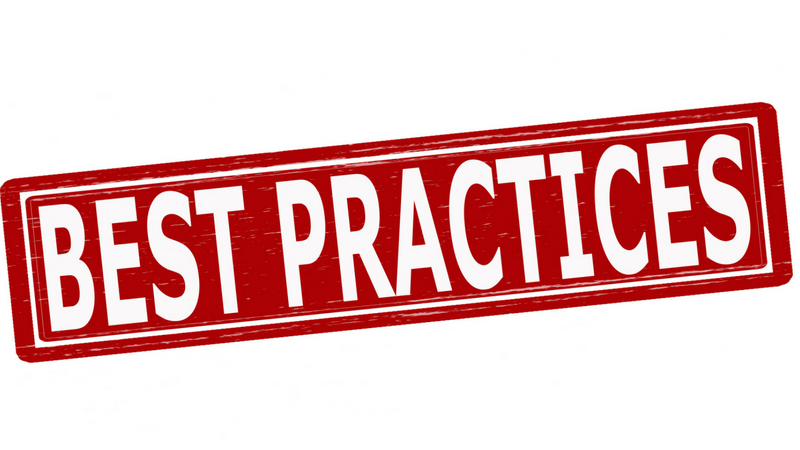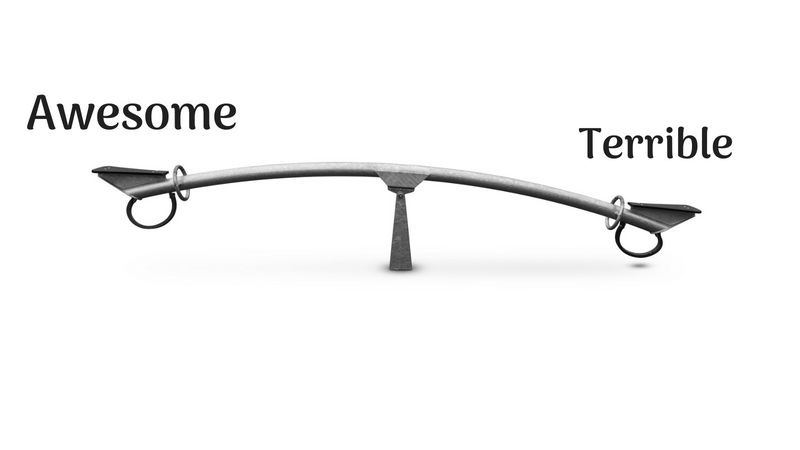Mindfulness As a Tool to Overcome Emotional Numbness
“All I feel is numb,” complained Jane. “You keep talking about how you feel when things happen, and I can’t relate. What do you do if you don’t have emotions or are numb to them?”
My heart grieves for people like Jane. When we are numb to our emotions, we lose control of our environment and feel disconnected from those around us. Getting back in touch with our emotions helps us accelerate our return to mental health. Mindfulness is the key to uncovering and rediscovering our emotions.
Why Be Numb?
Before we dive into mindfulness, though, let’s talk about what being numb does for us. Usually, numbness is not a sign that we don’t have emotions anymore, or that we’ve moved past them.
Instead, my experience is that numbness is a sign that we feel too much, and we’ve developed a coping mechanism to keep from drowning in our emotions.
Our emotions have a real hold on us, and no matter how hard we work to keep them in, they always seep out and find expression—and usually not in a positive way. Sadness may express itself as irritability or vulnerability as anger.
Those of us who suppress our emotions often don’t just suppress the “negative” ones, either. We can be afraid to experience happiness or joy because we’ve been disappointed before. Dashed hopes tell us that hope is dangerous because it flips into sadness.
We easily justify suppressing our emotions as a way to avoid pain and stay safe.
The Reality of Numbness
The reality is that when we are numb to our emotions, we feel disconnected from the world around us. We have difficulty relating to other people, and we are convinced they can’t understand how we feel—because we don’t even know how we feel.
In this way, being numb does us a disservice. It cuts us off from the world and prevents us from asking for help when we need it. Being numb keeps us from feeling anger or frustration and enforcing boundaries, interfering in our relationships.
When we make the choice to suppress our emotions – and to be fair, it’s not always a conscious choice – we allow the emotions to build up and gain strength. Like flood waters pressuring a dam wall, at some point they insist on breaking through, creating havoc in our lives.
As scary as it can be, we have to be in touch with our emotions. As we do so, we are better able to manage our relationships, often strengthening them. We can better identify situations that impact us, positively or negatively, and develop cope-ahead plans if needed.
Achieving Mindfulness
Our modern-day environment does not encourage mindfulness. We celebrate busy-ness and multi-tasking, asserting that they drive productivity.
Study after study shows that slowing ourselves down and single-tasking are invaluable when it comes to achieving true productivity. I could dive deeper into this topic, but I’ll save it for another post.
When we are mindful, we are aware of what is happening in our mind, our body, and our environment. We are able to be truly present in every moment; we don’t need to hold ourselves back.
We are more authentic versions of ourselves because we are comfortable with who we are and we can self-validate. We have better focus and more energy because we are not spending brain calories on ignoring what’s going on inside our minds.
At the end of the day, mindfulness is simply about awareness, and achieving awareness is about noticing. When we notice what’s happening in our minds and our bodies, we gain understanding into ourselves.
So, how do we get to this point? We start slow. For many of us, doing a one- or two-minute meditation on a daily basis is a great place to start. Meditation is an inherently slow exercise, one in which we block out external distractions.
Another great exercise is progressive muscle relaxation. When we intentionally tense and then release muscle groups throughout our bodies, we become aware of the change. If you’re like me, then tensing and releasing your shoulders teaches you what relaxed shoulders feel like.
I also love breathing exercises. Intentional focus on our breathing brings awareness of how we typically breathe (such as short, shallow breaths into our lungs or deep, oxygen-rich breaths into our diaphragms) and how changing our breathing patterns changes how we feel in our minds and bodies.
Another favorite trick is to set a timer (such as on your iPhone). Maybe you set it for once an hour or three times a day, whatever is most comfortable for you.
Every time that timer goes off, it’s a reminder to step back and simply notice. What are you doing in this moment? What’s your mental state (stressed, calm, happy, sad, frustrated…)? How does your body feel? It’s a quick little (judgment-free) check-in that reminds us to pay attention.
Keys to a Successful Mindfulness Practice
There are no “shoulds” when it comes to mindfulness. There is no way you “should” approach a mindfulness practice and no way you “should” feel before or after. Remember, mindfulness is simply about noticing.
However, when our goal is to become more mindful, we want to focus on the components that help us achieve that goal. With that in mind, I recommend the following:
1. Stay judgment-free (I know, easier said than done!). Mindfulness is about noticing, not judging.
If we notice we are feeling angry, it doesn’t benefit us to say, “I shouldn’t be angry over <insert situation here>. I’m sure there was a good explanation for it.” Instead, use language such as “I didn’t realize that situation made me angry;” or, “I notice I am angry and <situation> is the source of that anger.”
2. Use before-and-after notes. While I always love a good journaling session, I find that too intimidating when it comes to my mindfulness practice.
Instead, I usually dive into an exercise and then take inventory of changes of the changes I notice afterward. I don’t spend a lot of time on this, usually only two, maybe three, minutes.
Don’t worry about missing changes; the goal is simply to notice what you can. You may find that journaling is the right answer for you, or you may prefer to verbalize your experience in some way.
3. Mo’ Practice, Mo’ Better. Becoming mindful takes practice. It is unrealistic to expect that a week of practice brings us permanent change (although many do find strong benefits with even just a few days of practice).
4. Experiment! What works for me may not work for you. God made us all different for a reason. There is no “right” way to approach a mindfulness practice, and we especially see this in the different biblical references to meditation. You will likely find other components that help you become increasingly mindful; run with those.
Final Thoughts
At the end of the day, becoming more mindful is a fluid experience. God, in his mercy, doesn’t break down all the walls in a single effort; he knows that would often break us and we would collapse under the weight of all the unleashed emotion.
As we become more mindful, we grow our awareness, which expands our ability to experience and hold emotions. The intensity of our emotions drops as we continue to recognize, acknowledge, and validate them.
We lessen the pressure on the dam, allowing us to both feel and experience in a manageable way. We gain an understanding of how our bodies reflect and experience emotions, creating a self-feeding cycle of awareness.
Over time, I think you will find that you have moments of mindfulness outside of a structured practice.
You may stop at a coffee shop and realize that you are happy, or sad, or frustrated. You may be driving and realize that the thoughts in your head have nothing to do with what’s happening on the road.
Each of these small moments is a big victory in defeating numbness and achieving mindfulness.
Do you have a mindfulness practice today? Have you considered starting one? I’d love to hear your thoughts on this in the comments below!
Looking for daily inspiration and community? Join our warm and supportive Facebook group!
